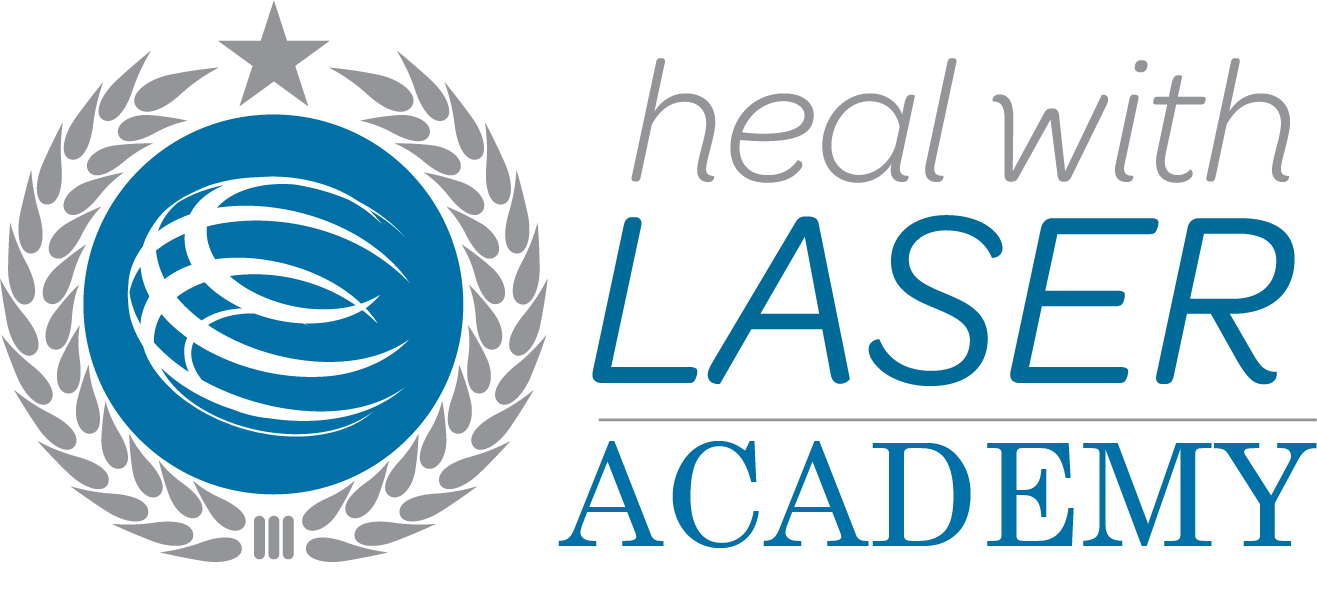Arthritis & Osteoporosis NSW reports that arthritis affects 3.85 million adults in Australia. The staggering statistic makes it one of the most common causes of disability for people in Australia and worldwide. Arthritis is a broad category that can be used to refer to instances of joint pain and disease. It covers over 100 different manifestations and related conditions, the most common of which are osteoarthritis (OA) and rheumatoid arthritis (RA).
Arthritis commonly affects the elderly and especially women. One-third of people aged 65 years and older have arthritis, which is evident by radiography. The incidence of arthritis tends to increase with aging, with increasing pain and disability of the lower limb, which can seriously affect one’s life activities.
The condition is marked by the breakdown in joints of cartilage, which is the tough elastic material that protects the ends of bones. When the underlying bones begin to rub together, it results in pain and stiffness.
There is no one cure for the condition however treating inflammatory arthritis as soon you find out you have it is vitally important. This will not only relieve the pain and fatigue but will stop joint and organ damage before it gets worse.
Earlier diagnosis and advanced technologies for arthritis have changed the landscape of arthritis treatment. People with arthritis are now living longer and healthier lives than ever before.
One such treatment making a huge impact on painful symptoms of arthritis is MLS Laser Therapy. Laser therapy was introduced as a non-invasive treatment option for arthritis nearly 30 years ago.
What is MLS Laser Therapy?
Multi-Wave Locked System, also known as MLS Laser Therapy, uses specific wavelengths of light to ease chronic and acute pain and to speed healing. MLS Laser Therapy treats pain and inflammation associated with joint conditions like arthritis.
The MLS Laser is a unique Class IV Laser that uses two lasers at once – one laser eases pain, the other reduces inflammation and swelling, It features two wavelengths, 808 nanometers, and 905 nanometers. These wavelengths are in the infrared spectrum and are invisible to the eye. The 808 wavelength treats inflation and is long lasting. The 905 wavelength is analgesic and is fast acting. Together, they are very effective.
The laser painlessly penetrates up to 2 ½ inches deep and generates no heat. Most people can’t feel anything while getting the treatment! Laser energy stimulates cells to remove toxins, like histamine and cytokine out of cells. Laser waves block the pain signals to the nociceptors in the brain and release endorphins and encephalin. Laser light increases ATP production and cell growth bringing blood flow to the area, while accelerating healing. The MLS Laser stimulates the mitochondria in cells to jumpstart the body’s own healing process. Like an antibiotic, each treatment is cumulative, building upon previous treatments.
Treatments take less than 15 minutes each and are completely painless and comfortable.
Benefits of MLS Laser Therapy on Arthritis
- It is anti-inflammatory
Laser Therapy works by improving energy production in joint cells, which lowers inflammation and normalizes function. This means increased mobility in the joint and reduced pain for a longer period of time.
- It is safe
Over a span of nearly three decades more than 3,000 scientific studies have been conducted, from 37 different countries, with no known side-effects observed.
- It has an analgesic effect
The MLS Laser blocks pain transmitted by these cells to the brain which decreases nerve sensitivity. Also, due to reduced inflammation, there is less edema and less pain. Another pain blocking mechanism involves the production of high levels of pain killing chemicals such as endorphins and enkephalin from the brain and adrenal gland.
Efficacy of class IV diode laser on pain and dysfunction in patients with knee osteoarthritis: a randomized placebo-control trial
In this study, Dr. Alayat and Dr. Ali investigated the effect of a Class IV laser on knee pain and function in patients with knee osteoarthritis.
Fifty patients between the ages of 55 and 88 years old were randomly assigned to two groups. Group 1 received MLS Laser Therapy plus exercises while Group 2 received a placebo laser plus exercises. The exercise program was applied for both groups three times weekly for 4 weeks. The exercises included range of motion, stretching, isometric, and isotonic resisted exercises to the quadriceps and hamstring muscles.
Pain was evaluated using a visual analog scale and knee function by using the Western Ontario and McMaster Universities Index of Osteoarthritis (WOMAC). Statistical analyses were performed to compare differences between baseline and post-treatment results for both groups.
At the conclusion of the study, they found that the Class IV diode laser combined with exercise was more effective than exercise alone in the treatment of patients with knee osteoarthritis. The MLS Laser combined with exercise effectively decreased pain and WOMAC as compared with the placebo laser plus exercises group.
As found in other studies, the MLS Laser significantly reduces the chronic pain in rheumatoid arthritis, chronic arthritis, and knee injuries. Researchers have found favorable analgesic, anti-inflammatory, and bio-stimulating effects of laser.
Related Research
Alayat MS, Ali MM. Efficacy of class IV diode laser on pain and dysfunction in patients with knee osteoarthritis: a randomized placebo-control trial. Bull Fac Phys Ther 2017;22:40-5
Conclusion
Laser therapy has been used successfully to treat arthritis and other types of pain for decades. MLS Laser Therapy works by improving energy production in joint cells, which lowers inflammation and normalizes function. The MLS Laser should be considered for short-term relief of pain and morning stiffness, particularly since it has no known side effects and is non-invasive.


